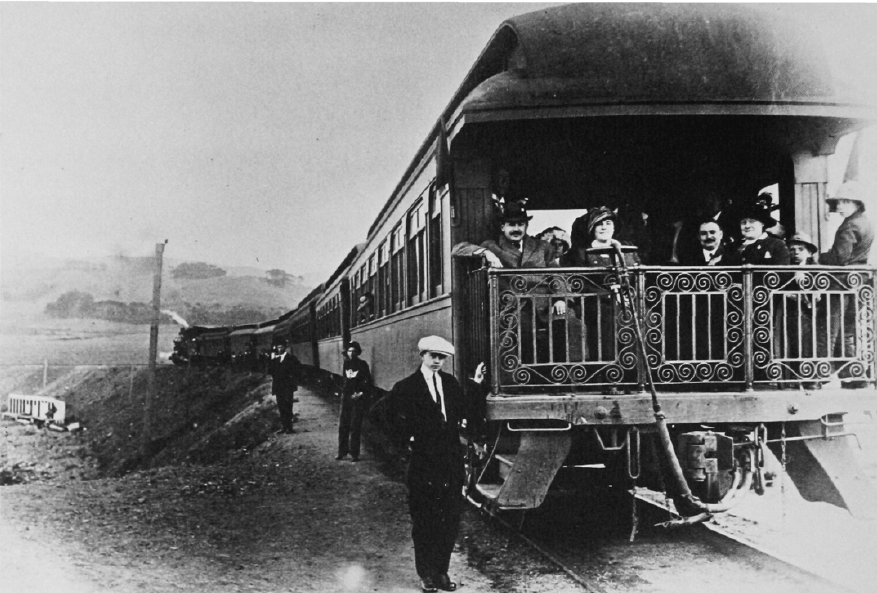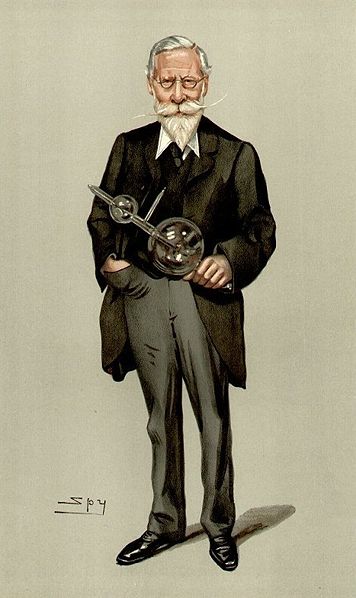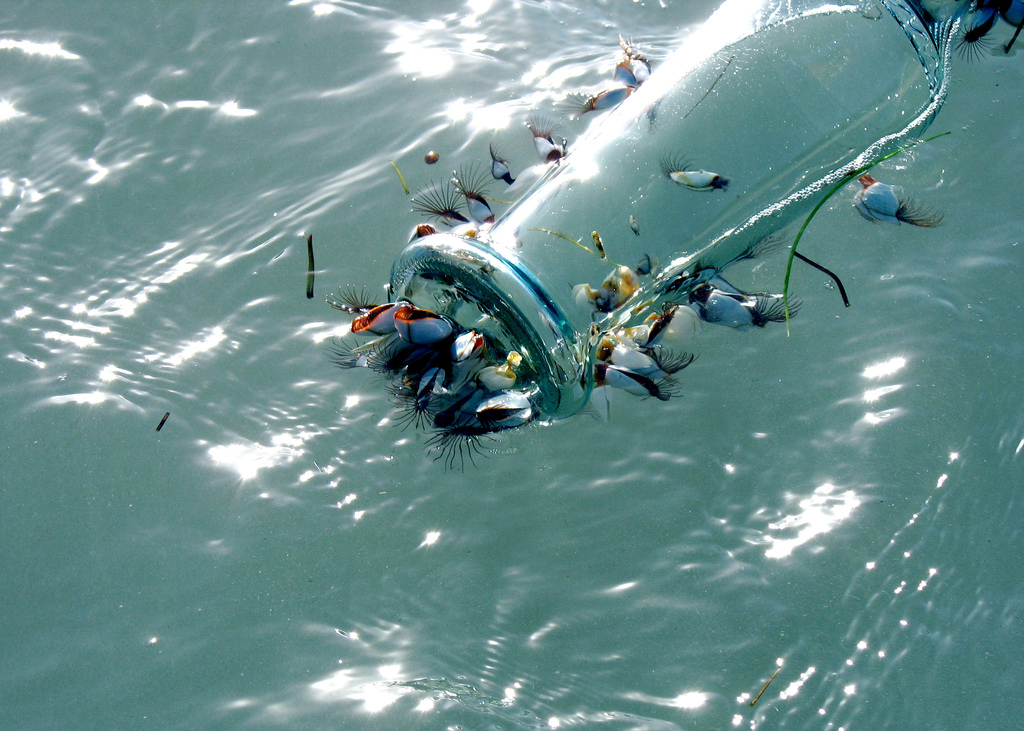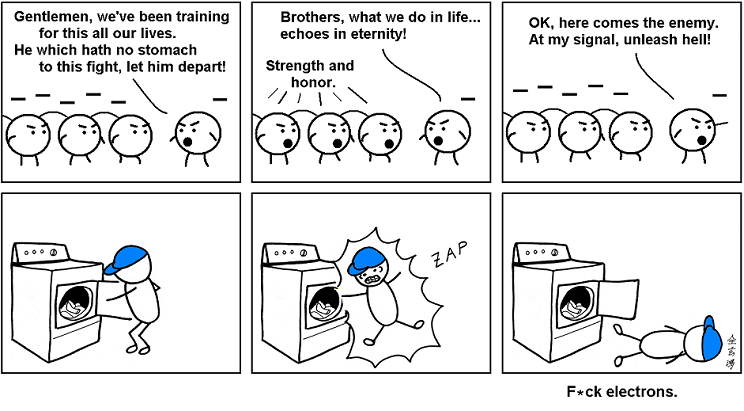 I love sleep, but I’ve been getting far too little of it. My harried days have been stretching into late nights spent staring at the computer. And I’m not alone. The National Sleep Foundation estimates that the average American gets just 6.7 hours of sleep a night on weekdays.
I love sleep, but I’ve been getting far too little of it. My harried days have been stretching into late nights spent staring at the computer. And I’m not alone. The National Sleep Foundation estimates that the average American gets just 6.7 hours of sleep a night on weekdays.
We’re all familiar with the side effects of sleep deprivation — drowsiness, crankiness, an unnatural fixation with beds and pillows. But did you know that a lack of sleep can cause weight gain?
Anecdotally, this feels true. Late at night you can find me ransacking the cupboards for wayward cookies or stuffing myself with gummy bears. Staying up late makes me want to eat junk. And my unhealthy cravings continue into the next day. Tired and cranky, I make myself bacon or tater tots or peanut butter and Nutella sandwiches (shut up, they’re delicious). Continue reading






